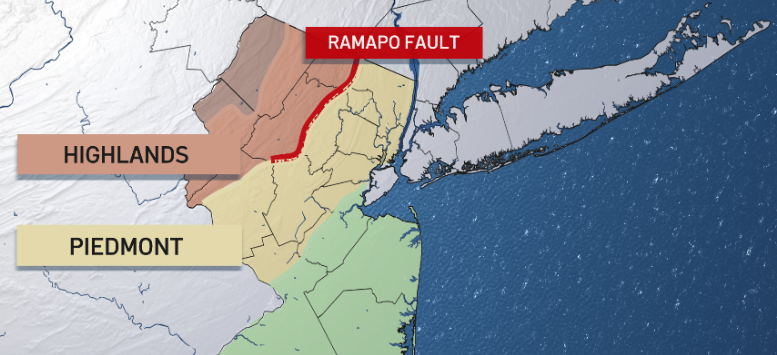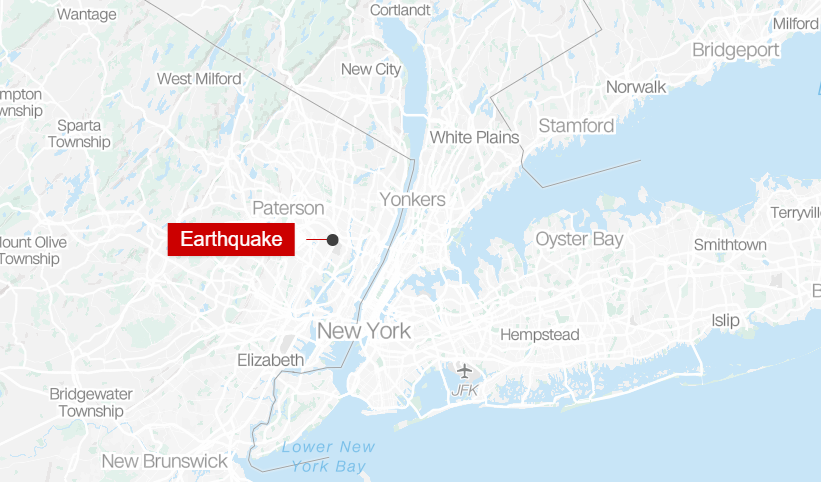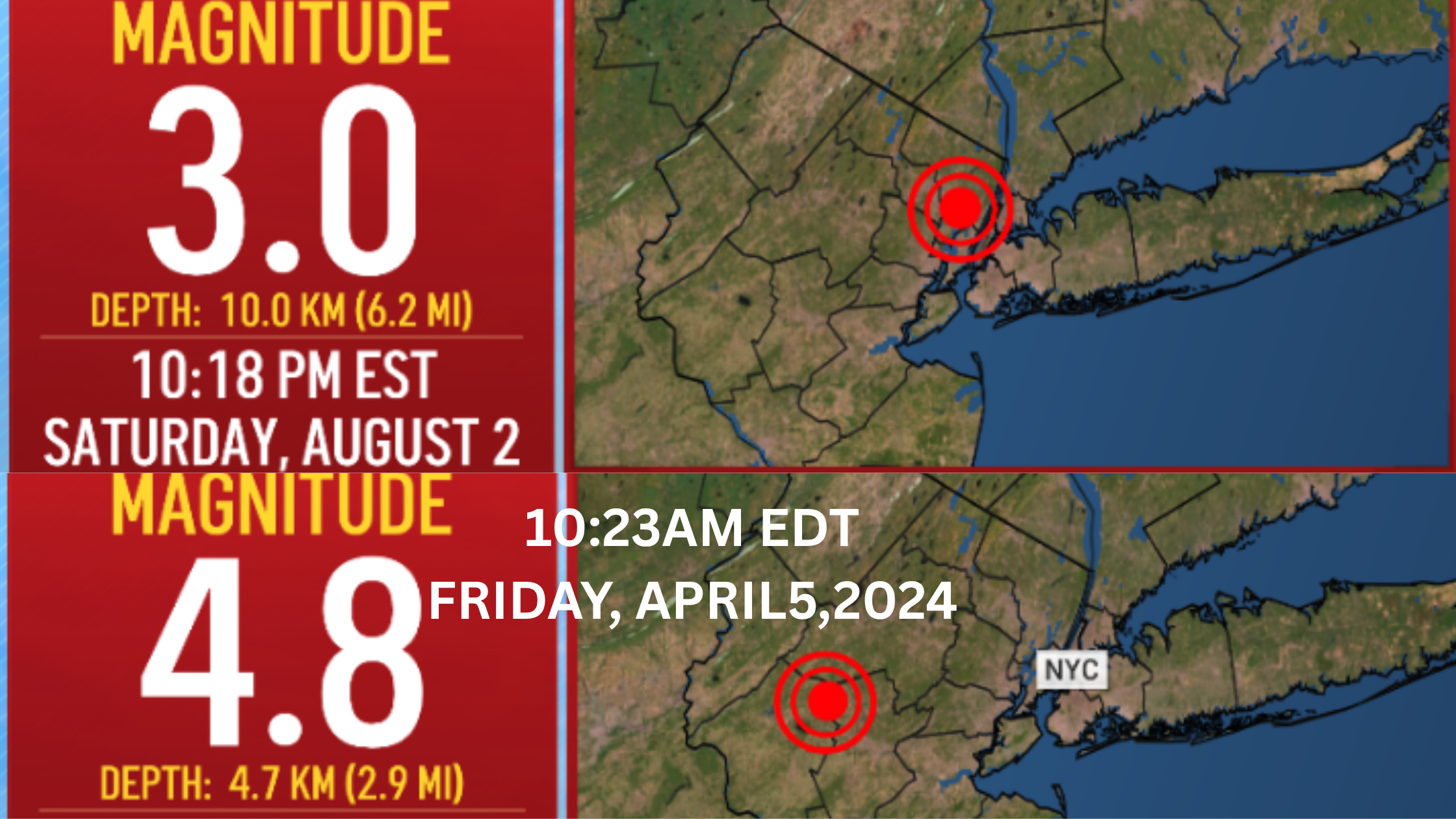Tiny Tremor, Big Buzz: 3.0 Magnitude Earthquake Rocks New Jersey and Rattles NYC
A 3.0 magnitude earthquake struck Hasbrouck Heights, New Jersey, on the evening of Saturday, August 2, 2025, causing brief but noticeable shaking across parts of New York City. Centered approximately 10 km (6.2 miles) beneath the surface, the quake rattled residents in Upper Manhattan, The Bronx, Staten Island, and beyond—but inflicted no damage or injuries. New York City Emergency Management confirmed there were no immediate impacts and advised residents to remain alert for possible aftershocks.

Epicenter & Impact Zone
The U.S. Geological Survey pinpointed the epicenter in Hasbrouck Heights, a suburb just west of New York City. Reports of mild tremors extended as far as western Connecticut and the Lower Hudson Valley, illustrating how even moderate East Coast earthquakes can be felt across broad areas. Tremors were described by locals as a sudden bang or short shake—some compared it to a car crash in Nutley, while others in Brooklyn recalled slight swaying. The Empire State Building’s X post quipped, “I AM FINE,” capturing the playful social media mood amid the unusual occurrence.

Seismic Context & Regional Patterns
This summer’s quake follows a pattern of seismic activity in the region. In April 2024, a 4.8 magnitude quake near Tewksbury Township, New Jersey, became one of the largest shakes the region had experienced in over a century. A cluster of minor tremors in July around Morris Plains further suggested that the area’s underlying geology—including the ancient Ramapo Fault system—remains persistently active. Though New York City lies away from tectonic boundaries, experts warn that its aging grid and buildings—many predating modern seismic codes—heighten concerns even from moderate shaking.
Expert Insights & Safety Guidance
USGS analysts emphasized that a magnitude 3.0 quake is typically too weak to cause structural harm—but it remains enough to startle residents unaccustomed to seismic activity. With the potential for aftershocks, New York City Emergency Management urged vigilance—checking for shifted items, cracks, or other hazards following any noticeable tremor.
Why This Quiet Quake Made Headlines
Despite its modest strength, the quake gained traction because:
- Earthquakes are rare on the East Coast, making even small ones noteworthy.
- The ripple effect across a major, densely populated region elevated public concern and media coverage.
- Social platforms buzzed quickly, from firsthand reports to humorous takes—underscoring how seismic events can quickly become viral even when harmless. AP News
Looking Ahead: Preparedness in the Tri‑State Area
While sizable quakes remain unlikely, experts advise continual public education and infrastructure planning. New York and northern New Jersey, despite modest seismic history, aren’t immune—aging buildings and growing awareness make planning essential. Emergency systems and regular drills help reinforce community resilience, ensuring a nimble response when tremors inevitably return.
Conclusion
This latest tremor—though minor in magnitude—served as a powerful reminder: seismic activity still finds its way into the New York tri‑state consciousness. Local authorities acted swiftly, damage was nil, and residents were reminded to stay alert. At the same time, experts continue to track geology and infrastructure vulnerabilities that make even modest temblors newsworthy.
Subscribe to trusted news sites like USnewsSphere.com for continuous updates.





